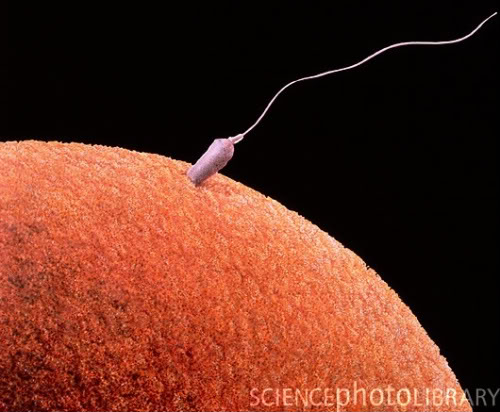I have had the simple joy this past month of harvesting sunflowers and counting the spirals in the seed heads and seeing for myself how the number of spirals in clockwise and anti-clockwise is often a Fibonacci number (…34, 55, 89.. ). For a while it was just words, repeated many times – “look in sunflowers and you see that more often than not – you get adjacent Fibonacci numbers in clockwise and anti-clockwise spirals“.
Now, however, like many others who took part in the Turing’s Sunflowers experiment, I know this first hand. I also now know the smell of sunflowers – like snapped dandelions only sweeter.
I noticed that its easier to count the spirals if you choose the most difficult spiral direction to see – usually longer in length and often anticlockwise – I pick out every tenth of these spirals and count them. Then pick out a starting point spiral in the other direction and count around. Each of these spirals is a function of time and movement exerted by the growth of the plant.
And it is a curious and marvellous thing. Last night it drove me to revisit Turing’s original paper on morphogenesis and his chemical hypothesis for how organisms gain form.
I love how, in his abstract, he tells you what you need to know in order to understand and make sense of his paper…
 I would have loved it at school if a teacher presented Turing’s paper at the outset of a course and told us ‘we are going to learn mathematics, some biology and chemistry so that in two years time, we will have the necessary knowledge to discuss this paper‘. Just like growing a sunflower, gaining knowledge, learning, understanding takes time.
I would have loved it at school if a teacher presented Turing’s paper at the outset of a course and told us ‘we are going to learn mathematics, some biology and chemistry so that in two years time, we will have the necessary knowledge to discuss this paper‘. Just like growing a sunflower, gaining knowledge, learning, understanding takes time.

It struck me suddenly as I read Turing’s paper that it held the answer to a question I couldn’t answer years ago when I attended Cambridge University for an interview. I chose Emmanuel college because of the name… I liked a hymn that began ‘o come oh come Emanuel… ‘ and the chorus… ‘Rejoice rejoice...’ … a name that evoked that couldn’t be a bad thing? This distracts me to an aside about the influence of memory on decision making – naming babies, choosing a place to live… but I’ll save it for another time!
The Cambridge Prof who interviewed me asked how does an egg take 3-dimensional form as an embryo, with a left hand side, a right hand side and a top and a bottom? What could trigger this to happen? My brain was stumped – I thought about gravity, that could give you a differential between the top and the bottom… but i didn’t get much further than that.
I know the answer now of course because the professor who asked the question hinted at it… something that caused a disturbance to the equilibrium of the egg… what could that possibly be I wondered innocently…?

I wonder if the professor also knew that Turing had come up with a chemical model for how this disturbance could instigate morphogenesis. If i’d know about Turing’s paper back then I probably would have gone to Cambridge and the wonders of Manchester and the Turing’s Sunflower project might not have crossed my path and might not have had the opportunity to bring two of my passions together – science & music…

